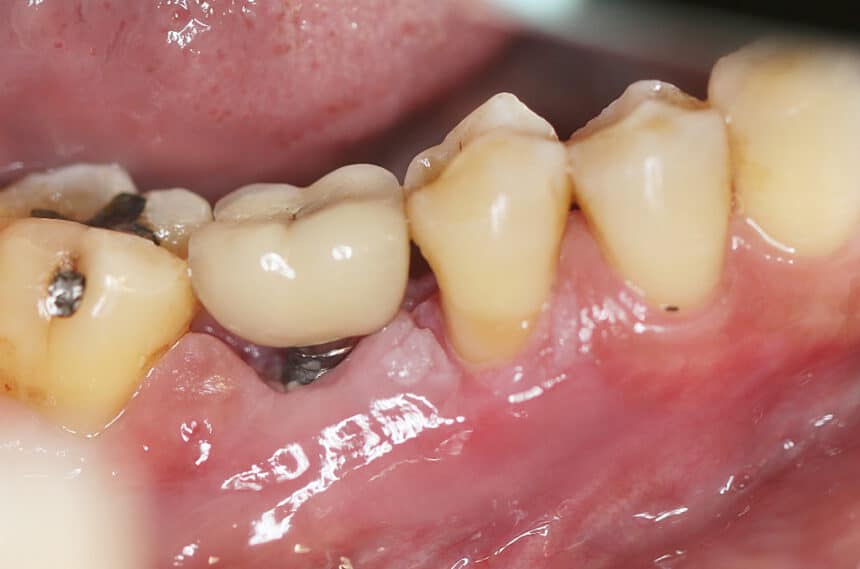VADUZ, Liechtenstein, 29 October 2021 – A recently published clinical trial involving 40 patients suffering from dental implant related infections has demonstrated that PerioTabs®, bonyf’s ground-breaking gum and teeth brushing solution, has a higher efficacy in resolving peri-implant mucositis when compared to the use of chlorhexidine-based products (a combination of a toothpaste and a mouthwash).
PerioTabs® showed a significant higher reduction in gingival index and bleeding scores. Side effects were observed in patients using chlorhexidine products, whereas those using PerioTabs® displayed no adverse effects.
In addition, the use of PerioTabs was regarded by patients as a prescribed drug-like treatment, to be taken seriously and therefore patients were highly motivated to follow the precise instructions for use. Moreover, these patients preferred the one-step approach of brushing with PerioTabs over the 2-step approach of using both a chlorhexidine toothpaste and a chlorhexidine mouthwash. The researchers concluded that PerioTabs is a valid alternative to chlorhexidine for the management of peri-implant mucositis. Specifically PerioTabs was found to be associated with reduced pain, dental anxiety, and greater product acceptance, with no side effects.
The study was conducted by researchers at the Department of Stomatology at the Tuscan Stomatological Institute, Italy. 20 patients were instructed to use PerioTabs® at home for 10 days, while the 20 other patients used a combination of 2 different products – a chlorhexidine 0.12% toothpaste, and a chlorhexidine 02% mouthwash for the same period of time. At day 7, a full-mouth decontamination was performed by the researches of the trial. Clinical outcomes were evaluated at days 10, 30 and 90 after the onset of the products use.
Dental implant infections affect 1 in 3 dental implant patients, often resulting in the loss of the dental implant after 3-5 years. bonyf advises dental implant wearers to use PerioTabs® 3-4 times per year as a preventative measure of dental implant loss.
The study was published in the journal Clinical and Experimental Dental Research, October 2021.
A copy of the full publication is available on request.

